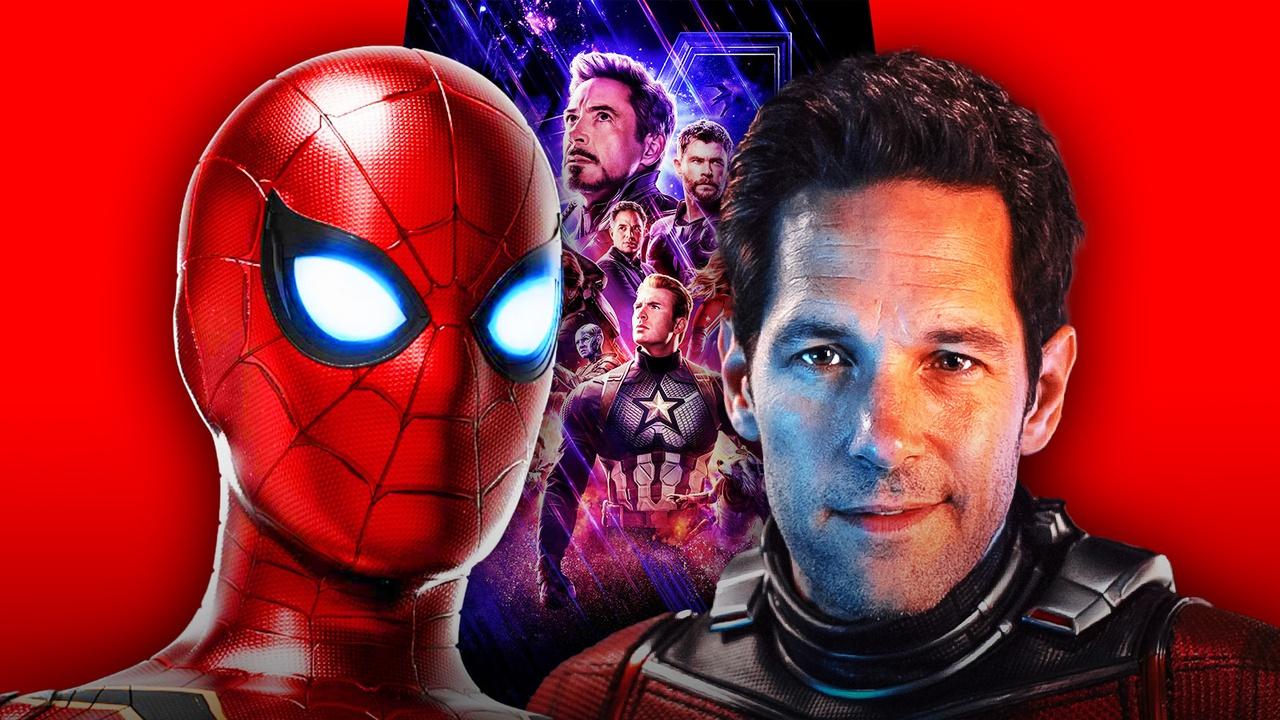
Over the years, the Marvel Cinematic Universe has leaned heavily into high-tech, futuristic designs, and nowhere is that more apparent than in the growing overuse of nano-tech helmets and suits. While the innovation makes sense for characters like Iron Man and Rescue, the once-iconic visual drama of a hero gearing up has been replaced by smooth, featureless morphs that appear out of nowhere. The result? A loss of cinematic weight and character personality.
These slick, instant helmet reveals were exciting at first. Watching Tony Stark summon his Mark 50 suit out of a bleeding-edge arc reactor in Avengers: Infinity War felt like watching science fiction magic. But now, many MCU heroes, regardless of their background or personal tech level, have adopted the same gimmick. There’s no variety, no practical heft, and no room left for the thrill of a classic, clunky helmet drop.
Part of the issue seems to stem from the growing obsession with keeping the actor’s face constantly visible. In some cases, the suits and helmets are designed to dematerialize at every moment of dialogue, as if facial expressions are the only form of acting that matters. But that’s simply not true. Deadpool, for instance, kept his mask on for the vast majority of his films, yet Ryan Reynolds delivered a full spectrum of emotion through voice, body language, and clever writing. The good news is, it's not too late for things to change. Some Marvel characters desperately need to ditch the nano-tech trend in Phase 6.
Marvel Needs to Bring Back Practical Helmets for Certain Heroes
Spider-Man
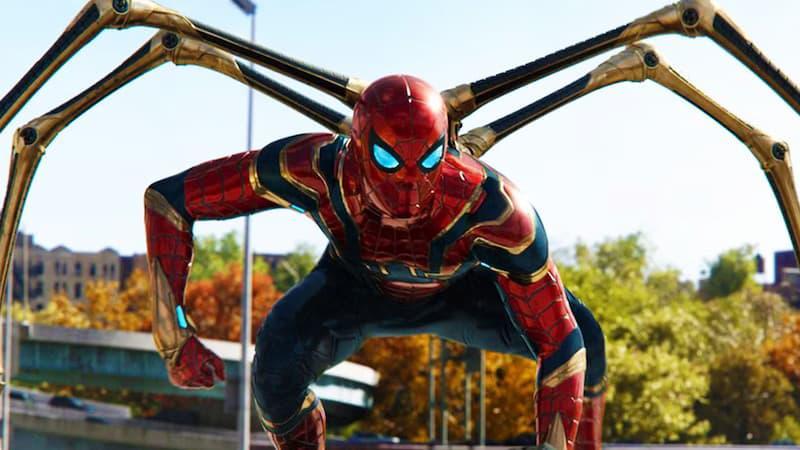
In the comics, Peter Parker’s Spider-Man suit showed how resourceful he was. Debuting in Amazing Fantasy #15 (1962), his original costume was a homemade Spandex creation, sewn with loads of passion and ingenuity. Over decades, Peter upgraded his gear with web-shooters and specialized suits, but the core remained fabric-based, reflecting his everyman ethos.
Even the Iron Spider suit, introduced in Amazing Spider-Man #529 (2006), was a mechanical marvel crafted by Tony Stark, with physical spider-arms and a metallic sheen, not a nano-tech construct.
Spider-Man’s nano-tech journey began in Avengers: Infinity War (2018), when Tony Stark gifted him the Iron Spider suit. Stored in a chest-mounted nanite chamber, this suit materialized instantly, complete with a dissolving helmet and robotic spider-arms.
The tech persisted in Avengers: Endgame (2019) and Spider-Man: No Way Home (2021), though Peter reverted to a classic fabric suit by the latter’s end, signaling a return to his roots.
The nano-tech, while visually stunning, clashed with Peter’s DIY spirit, making his suit-ups feel like Iron Man hand-me-downs.
Peter Parker’s charm lies in his relatability, a kid from Queens cobbling together a costume on a budget. The nano-tech Iron Spider, while technologically impressive, distances him from his comic book essence.
Fans have often noted that the dissolving mask looks “wrong” for Spider-Man, lacking the tactile charm of a manually removed mask.
In Phase 6, with Spider-Man 4 on the horizon, Marvel should embrace Peter’s fabric suits, perhaps with subtle tech enhancements, to restore the scrappy, heartfelt suit-ups that defined his early MCU appearances in Spider-Man: Homecoming (2017).
Black Panther
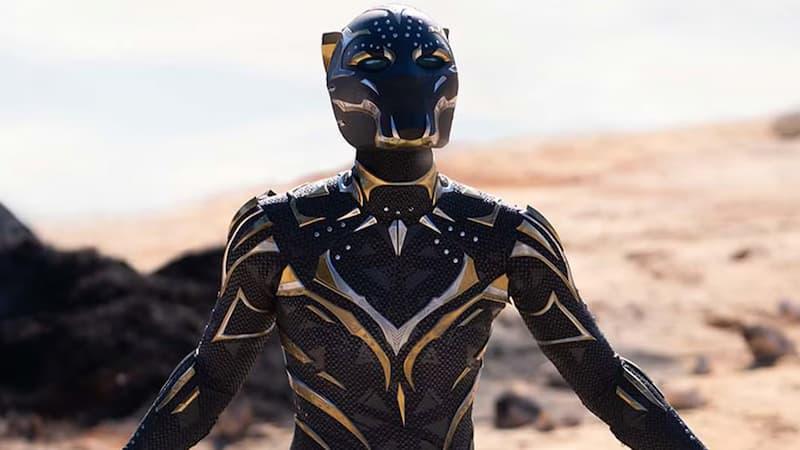
Since his debut in Fantastic Four #52 (1966), Black Panther’s suit, known as the Panther Habit, has been a Vibranium-weave masterpiece, blending Wakandan tradition with cutting-edge technology. Crafted by Wakandan artisans, it was a physical garment, often depicted with a cape or ceremonial elements, emphasizing T’Challa’s role as king and protector.
While advanced, the suit in comics like Black Panther #1 (1998) was a tangible object, worn ritually, not a product of nanotechnology.
The Black Panther suit went nano in Black Panther (2018), where Shuri introduced a Vibranium-nanite version stored in a necklace, materializing with a thought.
This upgrade, seen in Avengers: Infinity War (2018), Avengers: Endgame (2019), and Black Panther: Wakanda Forever (2022), allowed T’Challa and later Shuri to summon their helmets and suits instantly.
The Panther Habit’s nano-tech form, while practical, robs it of the gravitas seen in Captain America: Civil War (2016), where T’Challa’s physical suit made him feel more imposing.
The memorable scene where he removes his helmet by hand to introduce himself more personally after an intense chase and battle with Buckey Barnes is one that registers in the mind of fans till this day.
In Phase 6, perhaps in Avengers: Secret Wars, a return to a Vibranium-weave suit with a physical helmet would be a nice touch.
Ant-Man
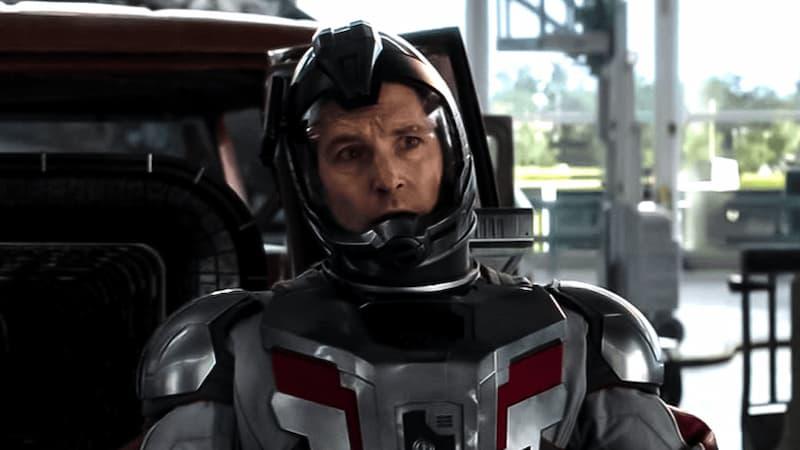
In the comics, Hank Pym’s Ant-Man suit, first seen in Tales to Astonish #27 (1962), was a physical costume with a helmet designed to control ants via cybernetic signals. Scott Lang inherited this suit, maintaining its mechanical aesthetic. The helmet, a bulky, insect-like design, was a key feature, requiring manual wearing and housing Pym Particle tech.
Ant-Man’s nano-tech helmet debuted in Ant-Man and the Wasp (2018), with a retractable faceplate that appeared and vanished seamlessly.
This trend continued in Avengers: Endgame (2019) and Ant-Man and the Wasp: Quantumania (2023), where Scott’s helmet retracted for dramatic one-liners, a choice fans criticized for breaking the suit’s own rules (e.g., needing a sealed helmet for size-changing). Initially, Marvel had plans to use a completely different helmet design. Read all about it here.
The nano-tech felt like an unnecessary import from Iron Man’s playbook. Ant-Man’s suit thrives on its retro, almost clunky charm, as seen in Ant-Man (2015), where Scott struggled to wear the helmet in a crucial moment.
The nano-tech helmet, with its instant on-off effect, feels jarring and sometimes defies the logic of the suit. Ant-Man's mechanical helmet needs to be restored in future appearances.
The Wasp
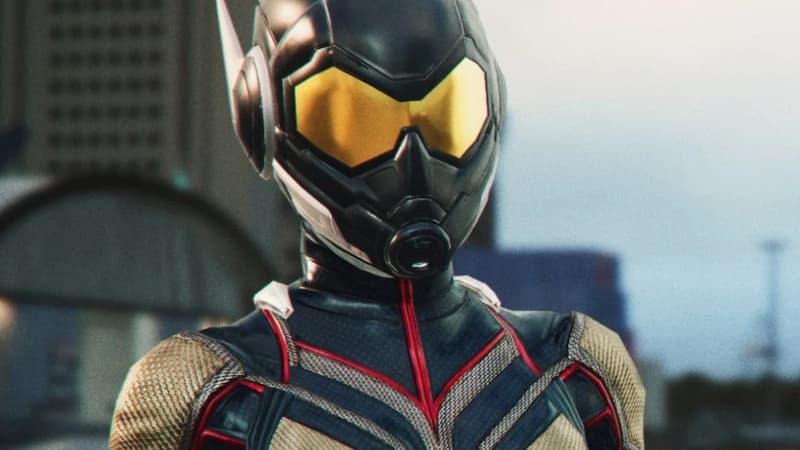
Janet van Dyne, the original Wasp, debuted in Tales to Astonish #44 (1963) with a fabric costume and a helmet that complemented her shrinking abilities. Hope van Dyne wore a similar suit, upgraded with Pym Particle tech, but still a physical garment.
Hope’s Wasp suit adopted nano-tech in Ant-Man and the Wasp (2018), featuring a helmet that materialized instantly, much like Ant-Man’s.
This continued in Avengers: Endgame (2019) and Ant-Man and the Wasp: Quantumania (2023), where the suit’s seamless transformations felt more like CGI convenience than character-driven design.
The retractable helmets in Ant-Man and the Wasp fit the Pym Particle aesthetic better than nano-tech’s generic dissolve, and it needs to be brought back.
Sam Wilson
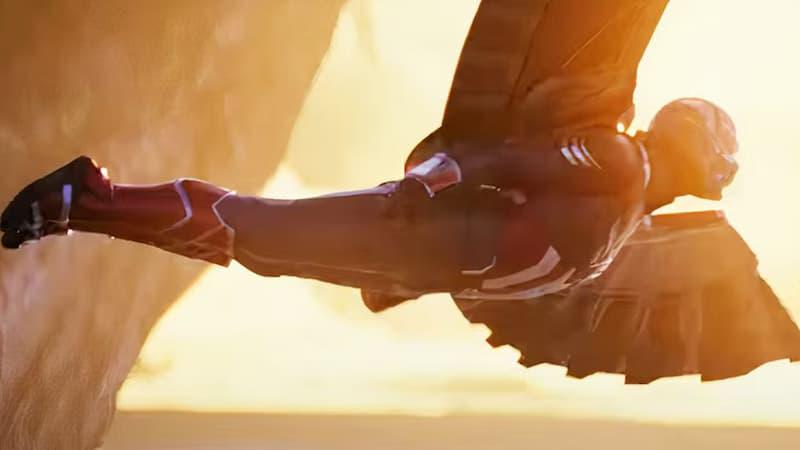
Sam Wilson, as Falcon, debuted in Captain America #117 (1968) with a winged harness and goggles, a practical setup for aerial combat. As Captain America in Captain America: Symbol of Truth #1 (2022), his Vibranium suit, gifted by Wakanda, retained a physical helmet and shield. It focused more on durability than on high-tech.
Sam’s nano-tech helmet appeared in Captain America: Brave New World (2025), with a Vibranium suit that included a retractable faceplate.
While first introduced in The Falcon and the Winter Soldier (2021) as a gift from Wakanda, the suit’s nano-tech elements became prominent later, aligning Sam with the MCU’s nano-trend.
Ideally, Sam’s Captain America suit should evoke Steve Rogers’ battle-worn aesthetic, instead of another Iron Man-inspired look.
Geraldo Amartey is a writer at The Direct. He joined the team in 2025, bringing with him four years of experience covering entertainment news, pop culture, and fan-favorite franchises for sites like YEN, Briefly and Tuko.




 Billion at the Box Office" style="width:100%;height:auto;" loading="lazy">
Billion at the Box Office" style="width:100%;height:auto;" loading="lazy">







